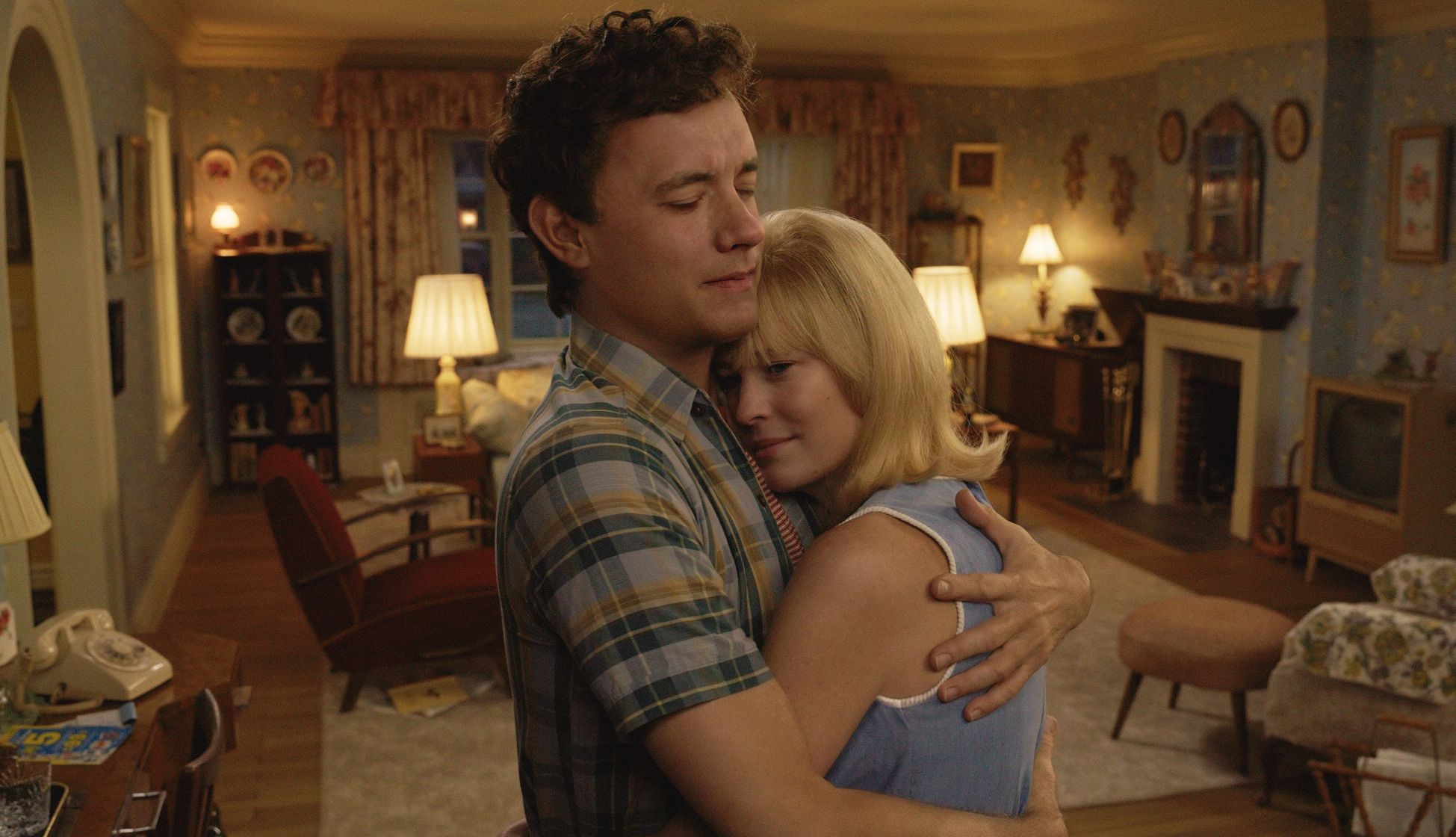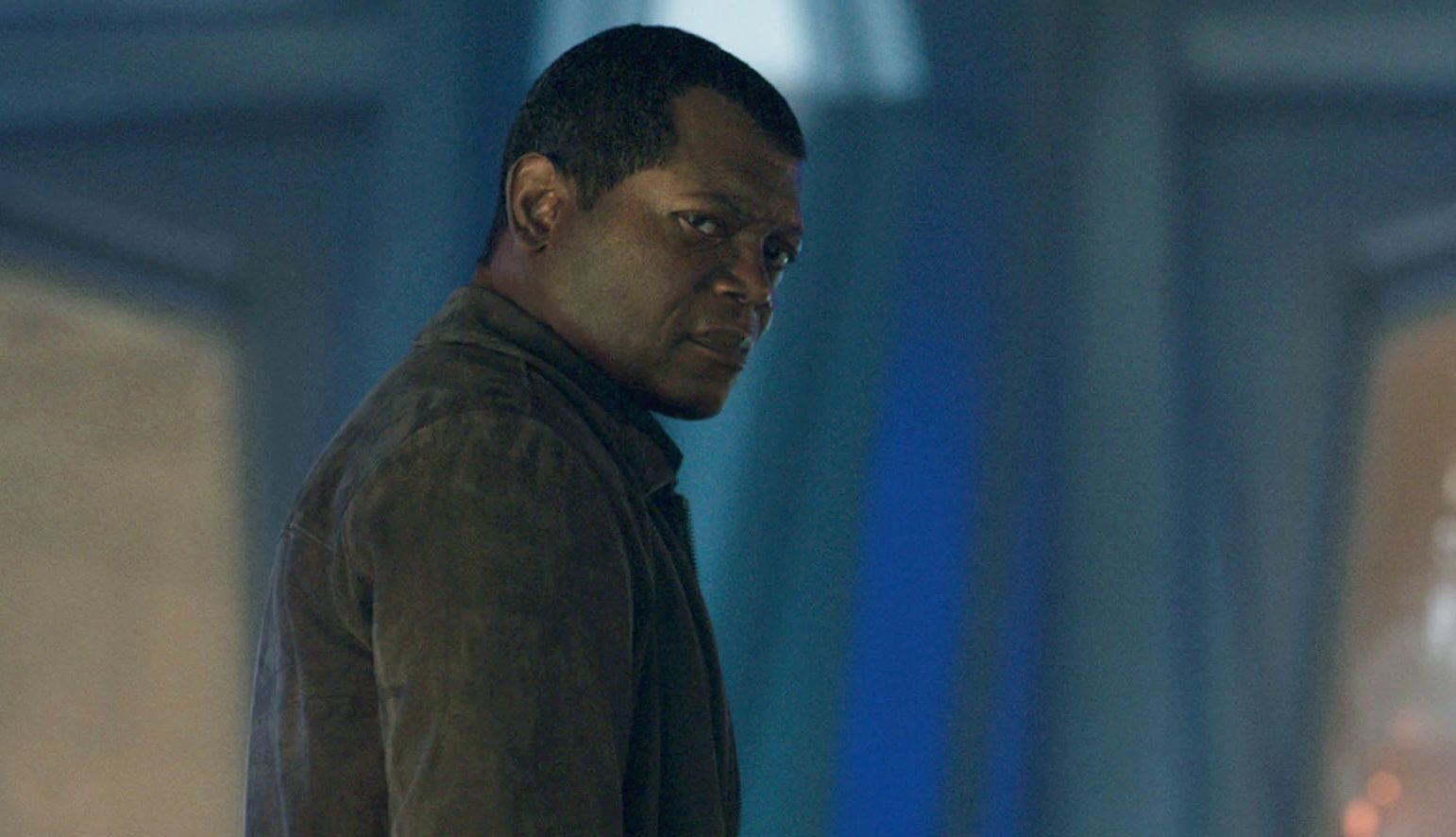AARP Hearing Center


Hollywood has always been a youth-obsessed business, but now technology is allowing older stars Tom Hanks, 68, and Robin Wright, 58, to appear on screen as much younger versions of themselves in director Robert Zemeckis’s decades-spanning saga Here (in theaters Nov. 1).
It’s a bad idea.
In last year’s Indiana Jones and the Dial of Destiny, Harrison Ford, 82, appears mostly as a semiretired archaeology professor in 1969 New York City. But the first 25 minutes are set two decades earlier, with a decidedly younger, fitter Indy snatching a biblical artifact from the Nazis – a bit of movie magic cobbled together by FX artists using artificial intelligence on old Indiana Jones footage. The action-packed scene unfolds mostly in darkness, the better to obscure the not entirely convincing effects, which look more like a videogame than actual filmed reality. Ford’s lips never quite match up with his spoken lines – and his voice sounds more like a haggard, world-weary 80-something than a whip-wielding adventurer in his prime.


Martin Scorsese’s 2019 Mob epic The Irishman faced another challenge in trying to shave decades off its stars Robert De Niro, 81, Al Pacino, 84, and Joe Pesci, 81. Not only did their faces – subjected to a 3D scanning process – have an unnatural, smoothed-over sheen that robbed them of expression, but the actors moved like much older men, even when delivering beat-downs as tough guys we were asked to believe were in their 40s.
It's not so long ago that Hollywood would rely on makeup to alter the ages of stars – typically to age up younger actors to look like much older people. And there’s a long tradition of using soft-focus filters to make stars of a certain age appear younger on screen – Doris Day became a queen of the technique in her ‘60s rom-coms opposite stars like Rock Hudson (who was often filmed in jarringly sharper focus for their closeups). Of course, those were also the days before wrinkle-erasing Botox.


Lately, though, Botox and new digital technologies have become a go-to crutch for stars even when they’re not trying to appear decades younger, as Samuel L. Jackson, 75, did in a flashback sequence in 2018’s Captain Marvel. In a recent interview, veteran VFX executive Matt Panousis estimated that 80 to 85 percent of all Hollywood productions use some form of digital de-aging for cosmetic reasons, just to make actors look a bit younger.
But the push to have older stars carry on forever is a misguided one. Even if the technology exists, why would we want Harrison Ford to keep playing a fit Indiana Jones for decades to come? Or, for that matter, to digitally resurrect the late Sean Connery so he can resume playing James Bond? There have been seven actors portraying the British superspy over the last 60 years, with an eighth expected to be cast in the next year or so, and each has brought a fresh spin on the character that’s been a boon to fans of the franchise.
































































You Might Also Like
Reba McEntire Tells All About Her New Sitcom 'Happy's Place'
"Snoop Dogg and Michael Bublé want to come on as guests," says McEntire
Al Roker Releases ‘Recipes to Live By’ Cookbook
TV personality shares recipes for Mediterranean Farro Salad, Salmon Rice Bowls, and ShakshukaHow to Bare Your Body With Confidence This Summer
Not big on showing skin? Ease your way inRecommended for You